A Quick Guide to Pulmonary Fibrosis
Written by |

Pulmonary fibrosis refers to scarring of the lungs. It’s a chronic degenerative disease which leads to shortness of breath and fatigue.
To help you explain the disease to others, we’ve put together a brief guide using information from the Pulmonary Fibrosis Trust.
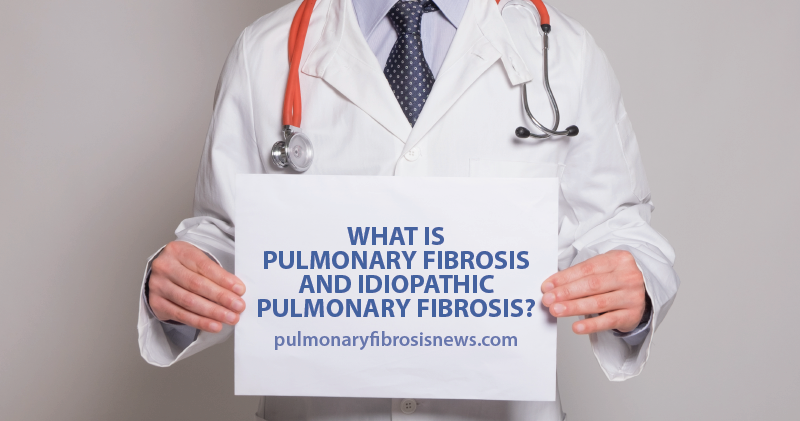
What is pulmonary fibrosis and idiopathic pulmonary fibrosis?
Pulmonary fibrosis is an interstitial lung disease that worsens over time. There are many reasons why a person may develop the disease including smoking, the inhalation of non-organic dust, connective tissue diseases such as scleroderma and a family history of the disease. If there is no found cause for a patient’s pulmonary fibrosis, it’s referred to as idiopathic pulmonary fibrosis (IPF).
Scarring occurs in the air sacs called alveoli which are situated at the end of the branches of tubes in the lungs. When these are scarred, they are unable to inflate and deflate properly making it increasingly difficult for oxygen to reach the blood.
Explaining idiopathic pulmonary fibrosis to newly diagnosed patients. Find out more here.
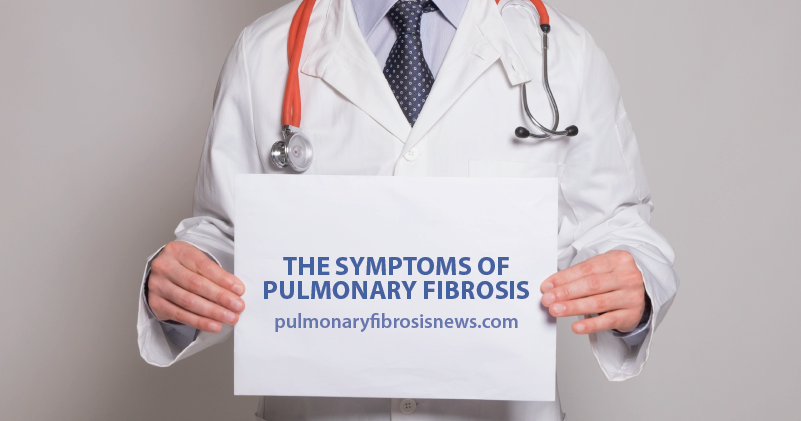
The symptoms of pulmonary fibrosis
The main symptoms of pulmonary fibrosis are breathlessness (particularly when doing anything physical), chronic fatigue, and the clubbing of fingers and toes where oxygenated blood has been unable to flow. PF patients will also likely experience chest pain, a persistent cough, and weight loss. However, many of these symptoms are also present in other lung diseases.
This simple animated film explains the symptoms of pulmonary fibrosis.
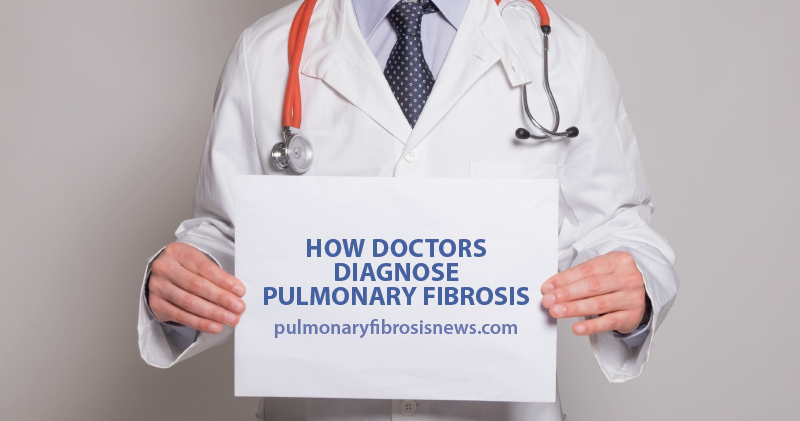
How doctors diagnose pulmonary fibrosis
Because PF shares symptoms with other lung diseases like COPD and pulmonary hypertension, it can be difficult to diagnose. However, many patients have a distinctive crackling sound in their lungs when doctors listen to their breathing.
Patients will also need to undergo several tests including blood work, CAT scans, comprehensive medical history, lung function tests, and in some cases a biopsy to confirm pulmonary fibrosis.
Discover the six main diagnostic tools needed for pulmonary fibrosis.
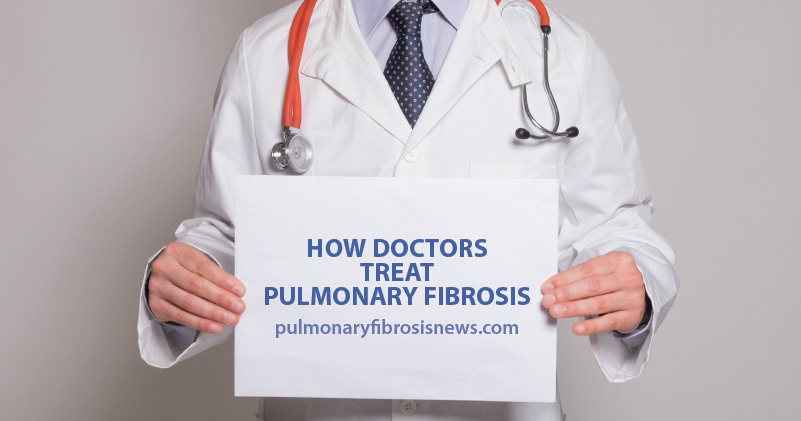
How doctors treat pulmonary fibrosis
There is no cure for pulmonary fibrosis, but there are medications that can help with the symptoms and slow down the progression of the disease. Treatment is usually aimed at the underlying cause of PF.
Ofev and Esbriet are the only medications approved for the treatment of idiopathic pulmonary fibrosis, although many patients report side effects.
Many PF patients will be prescribed steroids and medications to help thin out mucus, making it easier to clear their lungs.
Find out more about the future of treatment for pulmonary fibrosis.

Treatment: oxygen therapy
As the patient’s pulmonary fibrosis worsens, many will need oxygen therapy. Some may only need additional oxygen while exercising and others may need it 24 hours a day. Oxygen can be transported with the patient in portable units as well as having static oxygen supply units in their homes.
Find out how oxygen therapy affects traveling if you have pulmonary fibrosis.

Treatment: pulmonary rehabilitation
Anyone with a chronic lung disease is likely to undergo pulmonary rehabilitation. It is an educational program where patients learns how to manage their condition through lifestyle changes, exercise, diet, and medication.
Read our list of seven reasons why pulmonary rehabilitation is important for PF patients.

Treatment: lung transplants
Some patients with pulmonary fibrosis may be eligible for lung transplants. The patient will need to be physically fit and an age limit may be in place in many areas. Lung transplants are considered the last option in treatment and those who have the procedure will need to take anti-rejection medications for life. Not all lung transplants are successful and many have to wait years for a match.
Watch an animated explanation of lung transplants here.
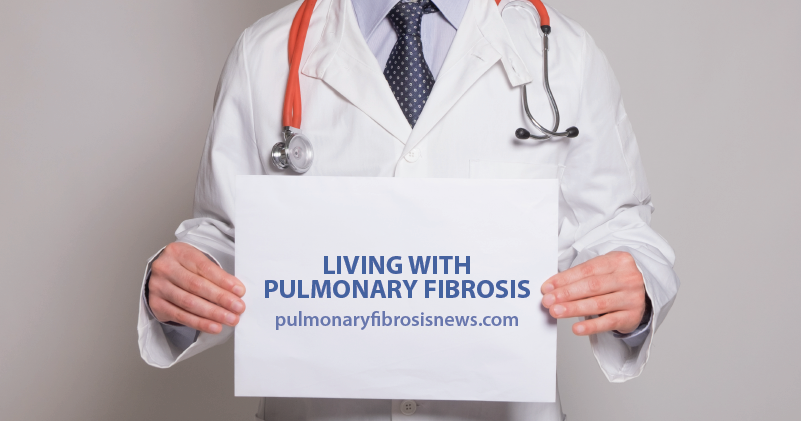
Living with pulmonary fibrosis
Patients diagnosed with pulmonary fibrosis will need to undergo lifestyle changes to improve their quality of life and slow down the progression of the disease. Quitting smoking, achieving a healthy body weight, and eating a healthy balanced diet are essential. Exercise is also important.
Alerting your doctor to any changes in your health status is paramount so that you can be treated correctly.
Discover some of the other challenges patients with pulmonary fibrosis face on a daily basis.
Pulmonary Fibrosis News is strictly a news and information website about the disease. It does not provide medical advice, diagnosis or treatment. This content is not intended to be a substitute for professional medical advice, diagnosis, or treatment. Always seek the advice of your physician or another qualified health provider with any questions you may have regarding a medical condition. Never disregard professional medical advice or delay in seeking it because of something you have read on this website.






